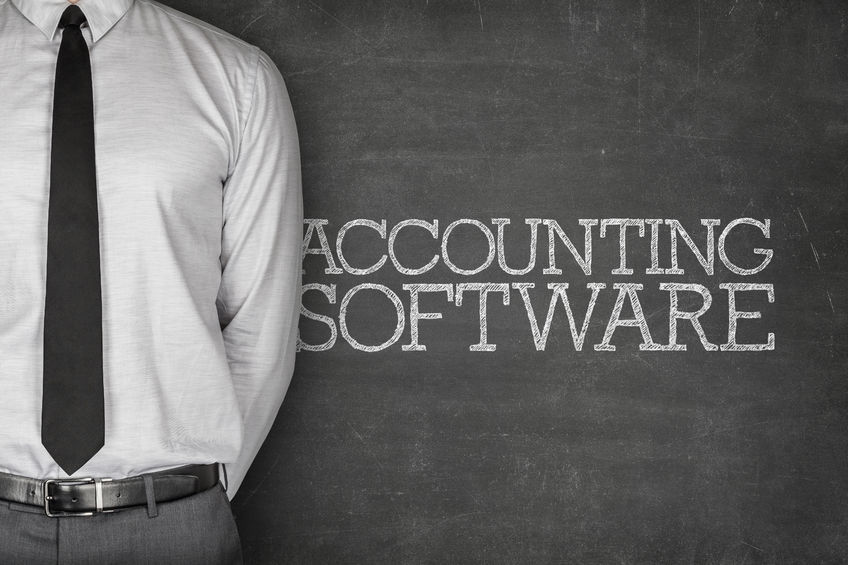In 2013, Michael Krigsman estimated that the global cost of failed IT projects was around $3 Trillion. The stats from the year before, according to the Standish Group, estimated that 1 out of every 6-7 IT projects ends in failure.
These numbers, collected by Adam Bluemner for FindAccountingSoftware.com, might make you question whether you should risk upgrading your digital tools. Certainly such a major decision requires a sober look at the realities, with the possible expense of a bad software roll-out being measured against the ongoing expense of less effective tools. But even more consideration should be invested into preparing for success.
That’s the help provided by Bluemner’s article, “How to Ensure Success in Your Accounting Software Project.” He points out that a company doesn’t have to stress out if they don’t have a giant-sized budget or a brute-force legion of tech staff to make an accounting software implementation go well. Concentration on solid project management is the key. Bluemner highlights the Standish Group’s MVP factors: executive management support, user involvement, and optimization.
Executive Management Support
This is more than just getting permission. Support from top members of your organization will not only help remove roadblocks for a software upgrade, but will also ensure that any planned upgrade is lined up well with the larger vision of the company’s progress. It’s never good when the shiny, new accounting program zigs, but the company overall needs to zag.
To help get this executive support, you can explain a few vital factors about upgrading an accounting software. Modern tools maximize efficiency, automating repetitive processes. This can create an impactful cost reduction, which most decision-makers will find attractive. (For help in estimating this ROI, you can use FindAccountingSofware.com’s calculator.) Also, while some IT projects deal with unproven technology that makes it hard to predict the results, most accounting software packages have been deployed many times, making this a low-risk upgrade.
User Involvement
While high-level employees can offer guidance on direction, the front-line employees are often the best source of information about benefits that can come from automation. The repetitive or complex processes they deal with each day are what you’ll want the new accounting system to address. So these folks are the best place to get input on what the ROI from an improved software package can be. Also, you can invite them to participate in software demos. These users will be able to point out weaknesses and strengths, and respecting their expertise will increase their interest in helping the project succeed.
Optimization
This refers to an optimized project — one with careful plans and focused scope. These preparations might seem to delay getting things done, but they can have a crucial benefit once the ball starts rolling. You should organize a needs analysis interview to verify the key requirements for the new accounting system. This also enables you to identify the fundamental baselines:
- Scope — What functionalities are high and low priority for your company? What benefits will each of these features bring to your business?
- Cost — To meet your functional needs, what is the estimated cost?
- Timeline — How long will the deployment take, including installing, configuring, and training?
Bringing experts into this conversation is one of the best ways to make sure these measures are relevant and accurate. And the best vendors will provide this type of consultation as a free service.
You don’t have to leave your project’s success or failure up to a roll of the dice. With diligent preparation, you can be sure that deploying a new software system — whether it’s accounting, CRM, or ERP — will be a win.
One of the complicating factors for a new system is integration with other legacy software; not being fully integrated is also one of the most common causes of inefficiencies. While updating the accounting package will have definite benefits, bringing all the operational software up to par at one time greatly enhances those benefits. aACE 5 is a robust yet affordable business operations suite that includes accounting, CRM, ERP, and more. As an easily customizable, cross-platform solution, aACE 5 can help streamline the flow of information for companies in professional services, wholesale distribution, light manufacturing, or other industries.
If this information we’ve shared makes sense to you, as sharp small and mid-sized business owners will recognize, then the next step is to find out more. Our past clients are almost unanimous in calling aACE 5 a five-star product, as you can see in our Capterra reviews. We’ve devoted many hours to understanding and supporting their unique business needs and we’re willing to do the same for you — SME’s like yours are a vital part of the American economy. So before the distractions of the day make you lose track of this opportunity, contact our sales team for more information.
“In 2008, our company began searching for a technology partner that could help us migrate our ‘closed’ accounting software to an integrated, FileMaker-based solution. Our project required a high level of detailed data conversion with tens of thousands of records. The success of this migration was highly dependent on finding the right skill-set. [aACE Software’s] attention to detail and ability to understand our goals was exactly what we needed. With insight and understanding, they helped us make one of the most significant technology updates in our company history!” ~ Bryant Wilson, CEO, On Hold Co.




